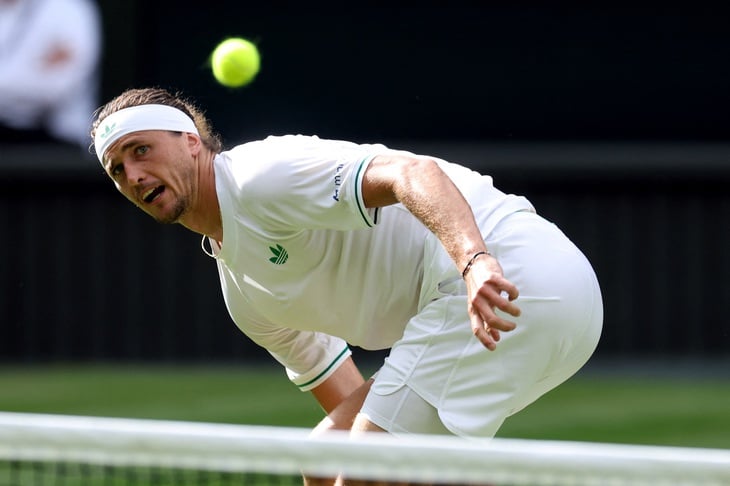
Zverev's early elimination was one of the tournament's shocks - Photo: REUTERS
A series of seeds fell at Wimbledon
That's a record number, since Wimbledon introduced 32 seeded players in 2001.
In the men's singles alone, 13 seeds were eliminated in the first round this year, equaling the old record in the Grand Slam system. At the 2004 Australian Open, 13 seeds were also eliminated in the first round.
But the quality of the players eliminated early at Wimbledon 2025 is even higher. They are No. 3 seed Alexander Zverev, No. 7 seed Lorenzo Musetti, No. 8 Holder Rune, and No. 9 Daniil Medvedev.
Similarly, the women's singles event saw 10 seeds eliminated early, including 4 from the top 4. This list includes Coco Gauff (No. 2), Jessica Pegula (No. 3), Zheng Qinwen (No. 5) and Paula Badosa (No. 9).
All records. Wimbledon has never been so fierce.
Wimbledon is always tough
Of the four Grand Slam tournaments, Wimbledon is always considered the toughest. Because the gap between Wimbledon and Roland Garros is only 3 weeks.
Obviously, those who go far at Roland Garros will have difficulty physically entering Wimbledon.
2025 Roland Garros women's singles champion Coco Gauff admitted she only had time to play one friendly match on grass before heading to Wimbledon. Coco Gauff said she was "mentally overwhelmed" after her victory at the French Open.
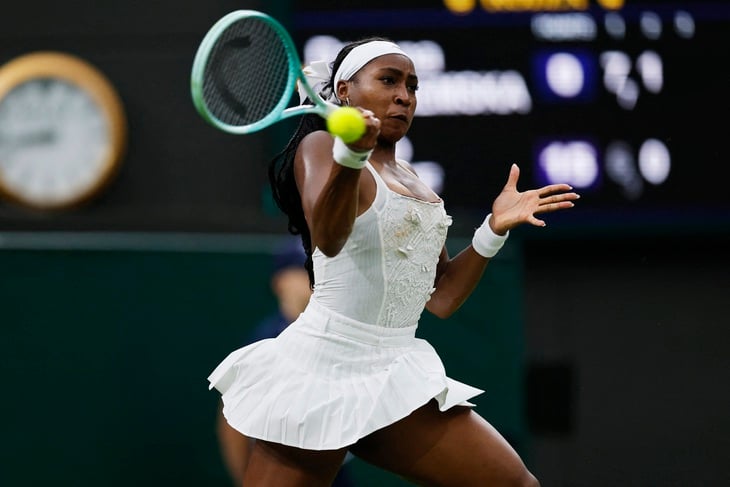
Coco Gauff helpless due to poor preparation - Photo: REUTERS
With little rest, the huge difference between Roland Garros - clay court and Wimbledon - grass court is also a difficult problem.
The switch from clay to grass is not just a change in court surface, but also has a comprehensive impact on technique and reflexes.
Grass courts make the ball bounce lower, are more slippery, and require quick ball handling, a stable footwork, and a good serve feel - something many players have not yet regained in time after the clay season.
And the players only have 2-3 weeks to adapt to that change. Gauff plays the Roland Garros final on June 8, then rests for a week to enter the Berlin Open, an ATP 500 grass court tournament to prepare for Wimbledon.
But then Gauff lost in the first round in Berlin. So the American had little else to do to get used to Wimbledon.
Unpredictable weather and difficult field conditions
Weather factors have also contributed to the volatility this year, with the opening day of Wimbledon 2025 recording temperatures of 32 degrees Celsius - one of the highest in the tournament's history.
Compared to the annual average of only 21 - 26 degrees Celsius, this temperature difference causes tennis players to lose strength faster in long matches.
High temperatures also affect the already thin and slippery turf. As the grass dries out quickly under the hot sun, the surface becomes harder to control, especially when slipping or changing direction suddenly.
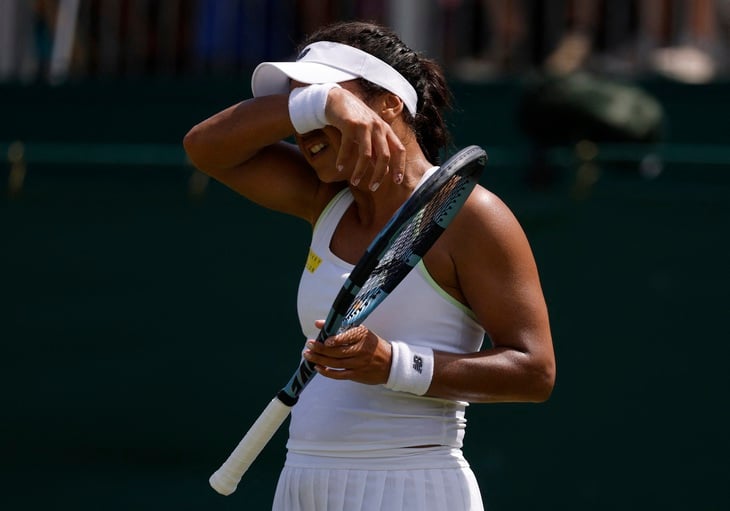
Wimbledon this year is especially hot - Photo: REUTERS
Some players like Sabalenka even had problems in Berlin a few days earlier, where the grass court was forced to be temporarily suspended due to being too slippery.
According to Telegraph columnist Simon Briggs, today's grass courts are no longer the "territory" of classic volleyers, but have become a place for those with decisive shots from the back of the court.
When the pressure of expectation is not weighed down, lesser-known players tend to play more confidently, willing to take risks, thereby creating surprises against seeded opponents who are struggling to adapt.
That is why, with the weather conditions and the "difficult for both players and players", the top seeds will face greater obstacles than the less famous players. And so, Wimbledon 2025 is becoming a tournament full of interesting surprises.
Source: https://tuoitre.vn/dieu-gi-dang-xay-ra-o-wimbledon-2025-20250702084345677.htm


![[Photo] Prime Minister Pham Minh Chinh launched a peak emulation campaign to achieve achievements in celebration of the 14th National Party Congress](https://vphoto.vietnam.vn/thumb/1200x675/vietnam/resource/IMAGE/2025/10/5/8869ec5cdbc740f58fbf2ae73f065076)
![[Photo] Prime Minister Pham Minh Chinh chairs the Government's online conference with localities](https://vphoto.vietnam.vn/thumb/1200x675/vietnam/resource/IMAGE/2025/10/5/264793cfb4404c63a701d235ff43e1bd)




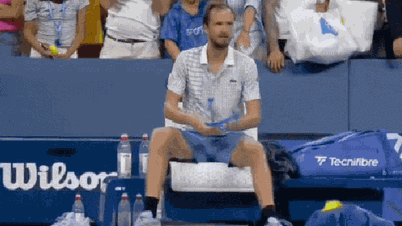




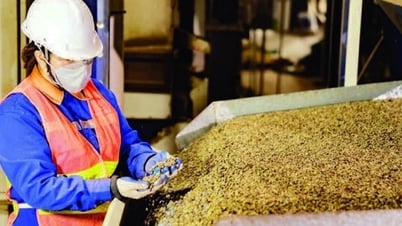










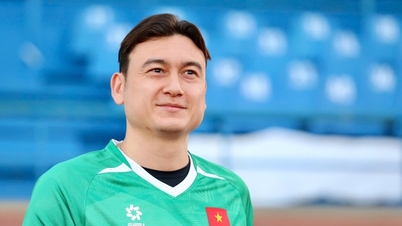
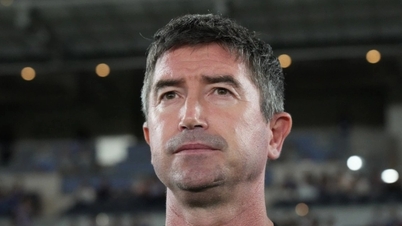






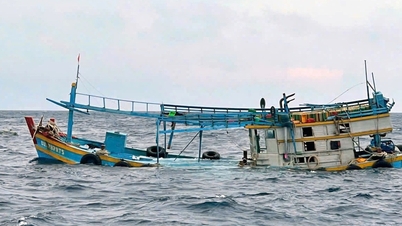






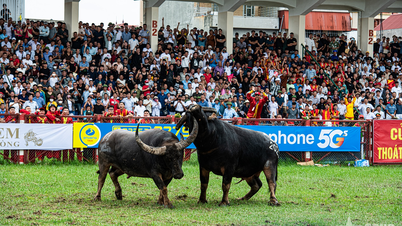



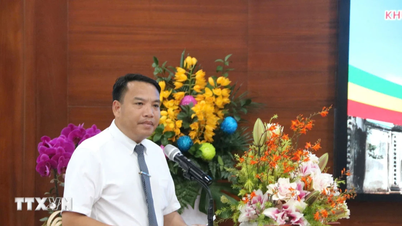









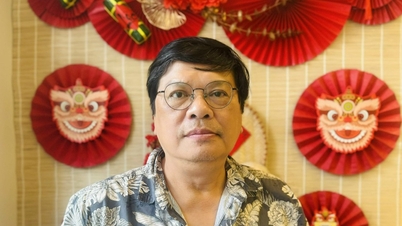






![[VIDEO] Summary of Petrovietnam's 50th Anniversary Ceremony](https://vphoto.vietnam.vn/thumb/402x226/vietnam/resource/IMAGE/2025/10/4/abe133bdb8114793a16d4fe3e5bd0f12)

![[VIDEO] GENERAL SECRETARY TO LAM AWARDS PETROVIETNAM 8 GOLDEN WORDS: "PIONEER - EXCELLENT - SUSTAINABLE - GLOBAL"](https://vphoto.vietnam.vn/thumb/402x226/vietnam/resource/IMAGE/2025/7/23/c2fdb48863e846cfa9fb8e6ea9cf44e7)




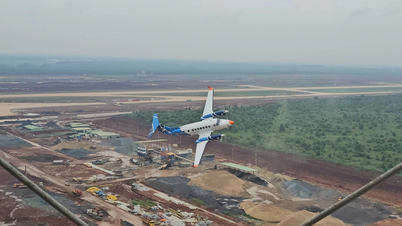
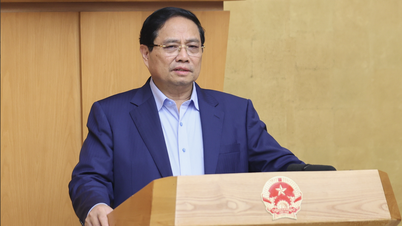
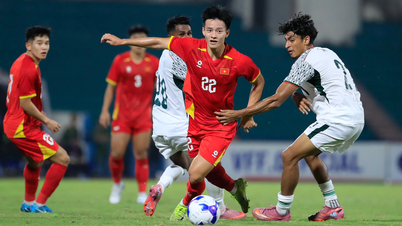
















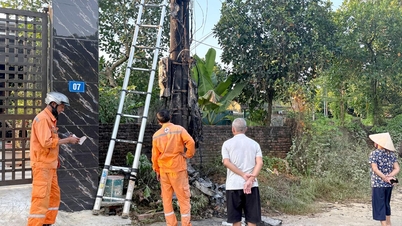



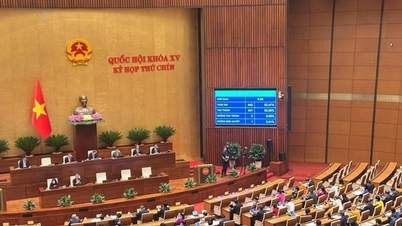










Comment (0)